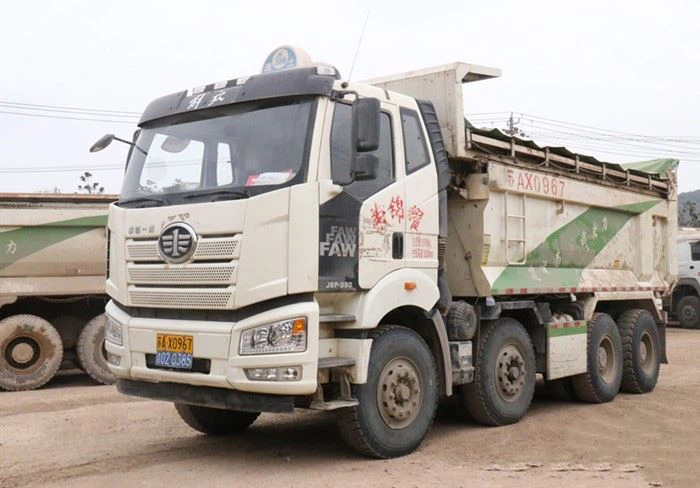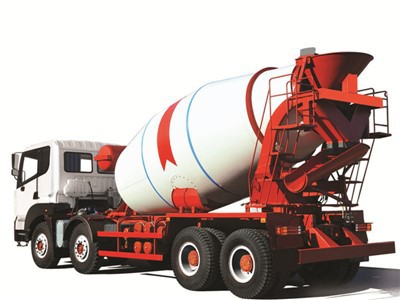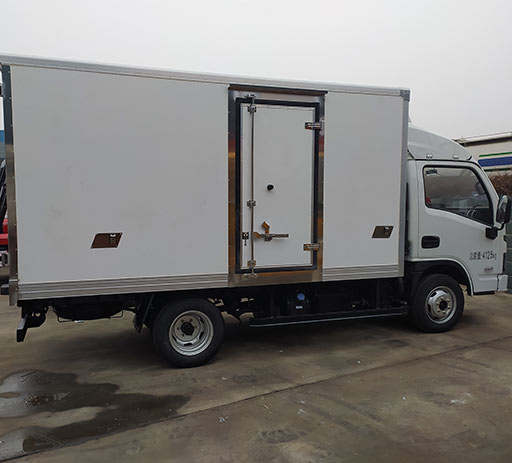Boom Truck Sizes: A Comprehensive Guide to Choosing the Right One

Boom trucks are versatile, essential vehicles in various industries, from construction and telecommunications to utility maintenance and more. Understanding the different boom truck sizes can be a daunting task, especially for those unacquainted with the specifications and requirements of these powerful machines. This article will provide an in-depth look at boom truck sizes, their features, and how to select the right one for your needs.
What is a Boom Truck?
A boom truck is a type of vehicle equipped with an extendable boom or arm that allows it to lift heavy loads to significant heights. It typically has a truck base with a mounted crane or boom, making it particularly useful for tasks such as lifting equipment, installing signs, or performing tree maintenance. Boom trucks come in various sizes and designs, making them adaptable to a wide range of applications.
The Importance of Understanding Boom Truck Sizes
Choosing the right size boom truck is crucial for ensuring safety, efficiency, and performance on the job site. A properly sized boom truck can:
- Enhance safety by reducing the risk of accidents and equipment failure.
- Increase productivity by matching the truck’s capabilities to specific tasks.
- Improve cost-effectiveness by preventing overspending on unnecessary equipment capabilities.
Types of Boom Trucks
1. Telescopic Boom Trucks
Telescopic boom trucks feature a boom that extends and retracts like a telescope. They are perfect for jobs requiring significant height adjustments.
2. Articulating Boom Trucks
Articulating boom trucks have a flexible arm that allows for greater maneuverability in tight spaces. They can reach over obstacles, making them ideal for urban environments or complex job sites.
Common Boom Truck Sizes
Boom truck sizes are generally determined by their lifting capacity and height. The following table summarizes the most common sizes.
| Truck Size | Lifting Capacity | Maximum Height |
|---|---|---|
| Small Boom Truck | Up to 10,000 lbs | 30-40 ft |
| Medium Boom Truck | 10,000 – 20,000 lbs | 40-60 ft |
| Large Boom Truck | 20,000+ lbs | 60-100+ ft |
Factors to Consider When Choosing Boom Truck Sizes
1. Weight Capacity
The weight capacity of a boom truck is critical. It depends on the tasks you plan to perform. Always select a truck with a capacity that exceeds your expected loads to ensure safety.
2. Height Requirements
Consider the maximum height you need to reach. A truck that cannot lift high enough will restrict your capability to complete tasks efficiently.
3. Job Site Conditions
Assess your job site. Is it a restricted urban area, industrial site, or open construction area? Different trucks excel in different environments.
4. Maneuverability

Smaller trucks are easier to navigate in tight spaces, while larger trucks may offer more power but less maneuverability. Choose based on your workspace.
Practical Tips for Renting or Purchasing Boom Trucks
1. Assess Your Needs
Before renting or purchasing, evaluate the specific tasks you will perform. Create a checklist of your requirements regarding height, capacity, and maneuverability.
2. Consider Future Projects
Plan for potential future projects. Investing in a slightly larger truck may provide long-term benefits if you anticipate needing more capacity.
3. Maintenance and Inspection
Ensure regular maintenance and thorough inspections are part of your budget. A well-maintained boom truck is safer and performs better.
4. Training and Certification
It’s crucial to train your operators on safely using boom trucks. Proper training minimizes accidents and misuse.
Cost Considerations for Boom Trucks
The cost of boom trucks can vary significantly based on size, capacity, and brand. On average, here’s a rough estimate of the costs:
| Truck Size | Purchase Price (Approx.) | Rental Cost (Daily) |
|---|---|---|
| Small Boom Truck | $30,000 – $50,000 | $200 – $400 |
| Medium Boom Truck | $50,000 – $80,000 | $400 – $700 |
| Large Boom Truck | $80,000 – $150,000+ | $700 – $1,200 |
Industry Specific Applications of Boom Truck Sizes
1. Construction Sites
Boom trucks in construction often handle heavy materials and need substantial lifting capacity and height. Large boom trucks are commonly used for roofing, installing HVAC systems, and other high-altitude tasks.
2. Telecommunications

In telecommunications, smaller boom trucks might be utilized to install and maintain telephone and electrical lines. They require flexibility and access to elevated structures.
3. Utility Work
Utility companies use boom trucks for installing and maintaining power lines, street lights, and communication towers. Versatile models that can handle different payloads are critical in this industry.
4. Tree Care
Arborists and tree care specialists often use boom trucks for tree trimming and removal. Typically, medium to large-sized boom trucks are necessary for reaching high branches safely.
Environmental Considerations
With increasing awareness of environmental issues, the demand for eco-friendly boom trucks has grown. Electric boom trucks and those with lower emissions are becoming popular choices in the industry.
1. Electric Boom Trucks
These trucks offer reduced noise and emissions, making them suitable for urban settings and environmentally sensitive areas.
2. Maintaining Compliance
Ensure that your boom truck meets local environmental regulations and standards to avoid penalties and ensure safe operation.
Frequently Asked Questions
1. What is the maximum height a boom truck can reach?
The maximum height a boom truck can reach varies by model, but it can range from 30 feet for small models up to over 100 feet for larger trucks.

2. How much weight can a typical boom truck lift?
Most boom trucks have a lifting capacity ranging from 10,000 lbs for smaller versions to over 20,000 lbs for larger models, depending on their specifications.
3. Can I rent a boom truck for a weekend?
Yes, many rental companies offer boom trucks for daily or weekly rates, allowing for flexible usage based on your project needs.
4. Do I need a special license to operate a boom truck?
Yes, operators typically need a commercial driver’s license (CDL) and should undergo training and certification specific to operating boom trucks and cranes.
5. How can I ensure the safety of boom truck operations?
Ensure proper training, follow manufacturer guidelines, conduct regular maintenance, and adhere to safety regulations to enhance safety during operations.
6. What are the typical maintenance needs for a boom truck?
Routine maintenance includes checking hydraulic systems, inspecting the boom, ensuring tires are properly inflated, and conducting safety checks on all operational components.
